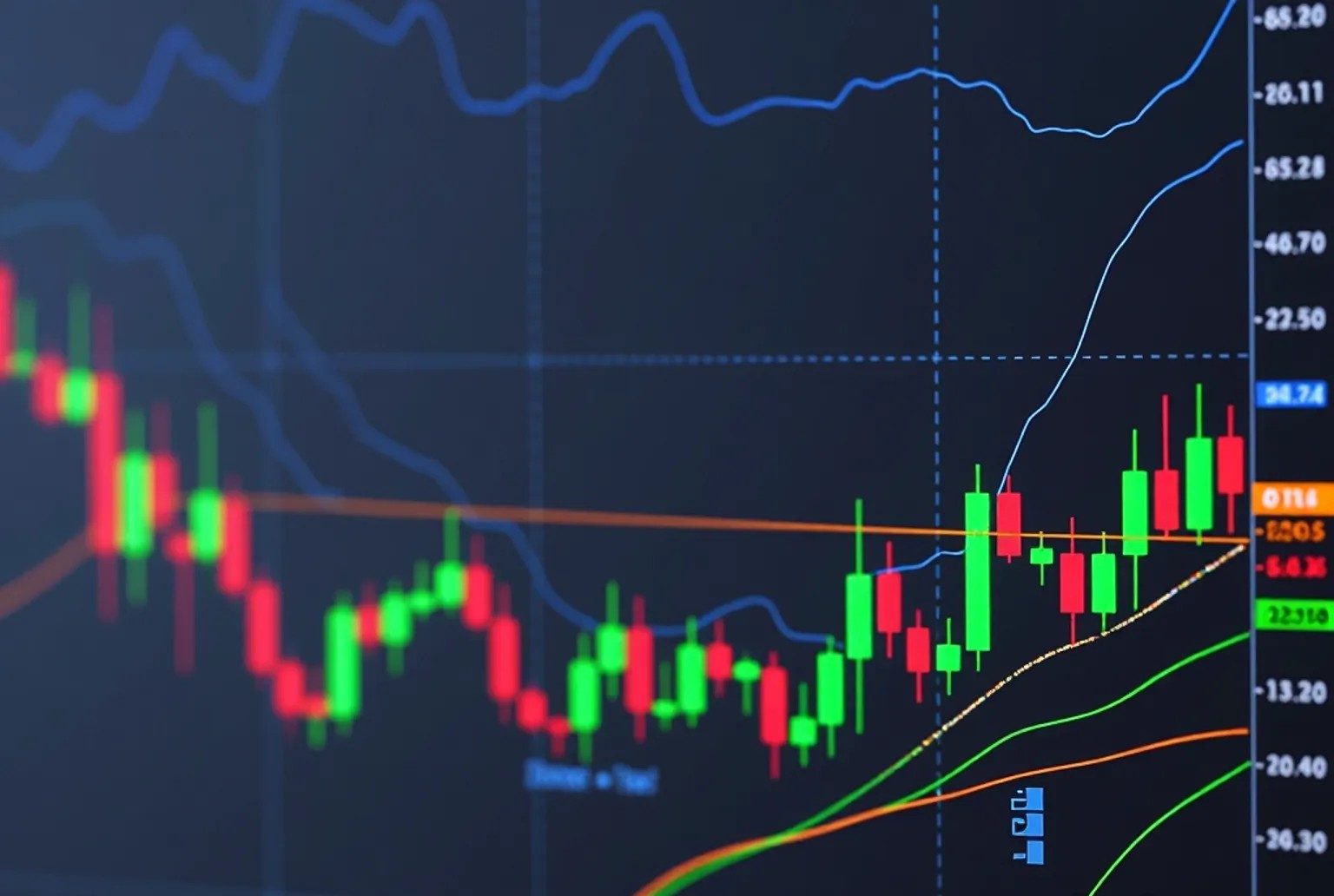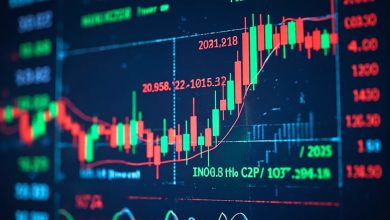Pending Orders in Currency Trading: A Beginner’s Guide to Strategic Forex Trading
Pending Orders in Currency Trading: A Beginner’s Guide to Strategic Forex Trading

What Are Pending Orders in Currency Trading?
A pending order is an instruction to a forex broker to execute a trade automatically when a currency pair reaches a specified price level. Unlike market orders, which are executed instantly at the current price, pending orders are set in advance, allowing traders to plan entries or exits based on their analysis. This automation is ideal for the 24/5 forex market, where prices move rapidly due to economic events, central bank policies, or geopolitical developments.
Pending orders are particularly useful for traders who can’t monitor charts all day or want to avoid emotional decisions. For example, if you believe EUR/USD will rise after hitting a support level at 1.1000, you can set a pending order to buy at that price, and the trade will execute automatically if the level is reached.
Why Pending Orders Matter
Pending orders matter because they:
-
Enable precise trade execution at desired prices.
-
Save time by automating entries and exits.
-
Reduce emotional trading by sticking to pre-planned strategies.
-
Allow traders to capitalize on breakouts, reversals, or key levels.
Types of Pending Orders in Forex Trading
There are four main types of pending orders, each serving a specific purpose:
1. Buy Limit
A buy limit order is placed below the current market price, expecting the price to drop to a support level before rising. For example, if USD/JPY is at 150.50, you might set a buy limit at 150.00, anticipating a bounce from that level.
2. Sell Limit
A sell limit order is placed above the current market price, expecting the price to rise to a resistance level before falling. For instance, if EUR/USD is at 1.1050, you could set a sell limit at 1.1100, targeting a reversal.
3. Buy Stop
A buy stop order is placed above the current market price, expecting a breakout to the upside. If GBP/USD is at 1.3000 and you predict a breakout above 1.3050, a buy stop at 1.3050 will trigger a buy if the price hits that level.
4. Sell Stop
A sell stop order is placed below the current market price, expecting a breakdown to the downside. If AUD/USD is at 0.6700 and you foresee a drop below 0.6650, a sell stop at 0.6650 will activate a sell order.
Benefits of Using Pending Orders
Pending orders offer several advantages for forex traders:
1. Precision and Control
They allow traders to enter or exit at exact price levels based on technical or fundamental analysis, ensuring alignment with their strategy.
2. Time Efficiency
Pending orders eliminate the need to watch charts constantly, ideal for part-time traders or those in different time zones.
3. Emotional Discipline
By automating trades, pending orders reduce impulsive decisions driven by fear or greed, promoting consistency.
4. Flexibility
They support various strategies, from breakout trading (buy/sell stops) to range trading (buy/sell limits), across pairs like EUR/USD or exotic pairs like USD/TRY.
Risks and Limitations of Pending Orders
While powerful, pending orders have challenges:
1. Slippage
During volatile events (e.g., US non-farm payrolls), prices may gap past your order level, executing at a worse price than intended.
2. False Breakouts
Stop orders can trigger on temporary breakouts that reverse quickly, leading to losses if the market doesn’t sustain the move.
3. Missed Opportunities
Limit orders may not execute if the price doesn’t reach your level, causing you to miss a profitable move.
4. Over-Reliance
Relying solely on pending orders without monitoring market conditions can lead to losses if unexpected events disrupt your setup.
How to Use Pending Orders in Currency Trading
To incorporate pending orders effectively, follow these steps:
Step 1: Learn the Basics
Understand the four types of pending orders and how they align with your strategy. Study technical analysis (e.g., support/resistance, breakouts) to identify key price levels. Free resources like broker tutorials, Forex Factory, or books like Technical Analysis for Dummies can help.
Step 2: Choose a Regulated Broker
Select a broker regulated by the FCA, CFTC, or ASIC, with a platform supporting pending orders. MetaTrader 4/5 or TradingView are popular choices, offering easy order placement and real-time price tracking. Ensure tight spreads for major pairs like EUR/USD.
Step 3: Practice with a Demo Account
Use a demo account to set pending orders on pairs like USD/JPY or GBP/USD. Test buy/sell limits at support/resistance and buy/sell stops for breakouts. Practice for weeks to understand execution and slippage in different market conditions.
Step 4: Develop a Trading Plan with Pending Orders
Create a plan that integrates pending orders:
-
Identify Key Levels: Use technical analysis (e.g., Fibonacci, trendlines) to find support, resistance, or breakout zones.
-
Set Orders: Place buy/sell limits for reversals or buy/sell stops for breakouts, aligning with your strategy (e.g., scalping, swing trading).
-
Manage Risk: Set stop-losses (e.g., 10 pips) and risk 1-2% of your account per trade. Use take-profit orders to lock in gains.
-
Monitor Events: Check economic calendars for high-impact news that could cause slippage.
Step 5: Monitor and Adjust
Track your orders in a journal, noting the type, price level, outcome, and market conditions. Review weekly to refine your setups, adjusting for volatility or false signals. Cancel or modify orders if market conditions change (e.g., unexpected news).
Tips for Using Pending Orders Effectively
Maximize the benefits of pending orders with these tips:
1. Focus on Major Pairs
Trade liquid pairs like EUR/USD or USD/JPY, which have tight spreads and lower slippage, ideal for precise order execution.
2. Combine with Analysis
Use technical analysis (e.g., candlestick patterns, RSI) to confirm order levels and fundamental analysis (e.g., central bank policies) to avoid volatile periods.
3. Set Realistic Levels
Place orders at logical levels based on historical price action, not arbitrary points, to increase the likelihood of execution.
4. Avoid News Events
Unless news trading, avoid setting orders during high-impact events like FOMC meetings, which can widen spreads and cause slippage.
5. Stay Flexible
Regularly review and adjust pending orders to adapt to changing market trends or unexpected price movements.
Conclusion
Pending orders are a game-changer in currency trading, offering precision, efficiency, and discipline in the dynamic forex market. By mastering buy/sell limits and stops, beginners can automate their strategies, reduce emotional trading, and seize opportunities on pairs like EUR/USD or GBP/JPY. While risks like slippage and false breakouts exist, a solid plan and careful execution can mitigate them.
Start with a demo account, practice setting orders at key levels, and integrate technical and fundamental analysis. With patience and discipline, pending orders can elevate your trading, helping you navigate the forex market with confidence. Dive in, plan smart, and trade strategically today.




